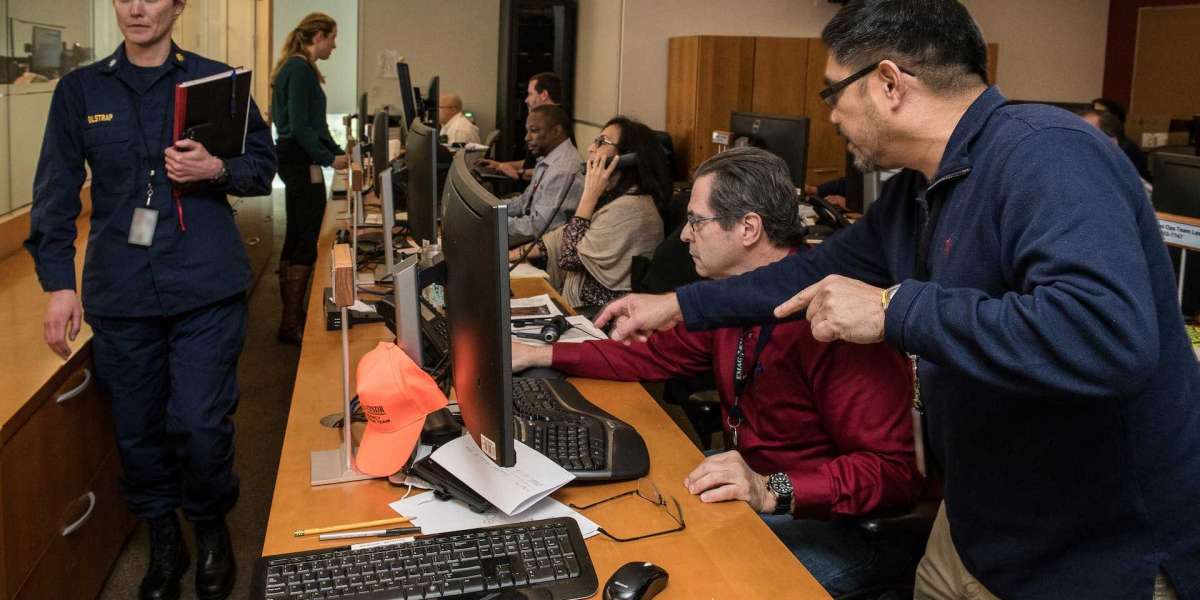The world is currently in the grips of an environmental crisis that calls for a collective commitment towards sustainability. While businesses and institutions are making strides towards eco-friendliness, the need for environmentally friendly practices in facility management cannot be underestimated. Sustainability does not only help the environment but also your facility's bottom line through cutting costs, reducing waste, and increasing the facility's lifespan. Read on to discover why facility sustainability is important and five key tips on how to achieve it in your facility.
1. Set Sustainability Goals:
Start with setting sustainability goals that are feasible, measurable and clear. The goals should also align with your facility management objectives, company's environmental policy, and compliance with local, state, and federal regulations. The goals will help you track progress, identify areas for improvement, and demonstrate your commitment to sustainability. Some of the areas you can set goals include, energy consumption, water usage, waste management, and transportation emissions.
2. Conduct Sustainability Audits:
The next step is conducting an assessment to identify areas your facility needs to improve. The audit should be holistic, covering all aspects of facility operations, such as energy, waste, transportation, and water usage. Once you know the areas that need improvement, you can develop a sustainability plan, prioritize initiatives, and allocate resources accordingly. Audits also help in identifying areas of potential savings, such as upgrading energy-efficient equipment, reducing waste, and optimizing space use.
3. Promote Sustainable Behaviors:
Incorporating sustainable behavior into daily facility operation is key to achieving sustainability. Encouraging green habits among staff, residents, and visitors such as recycling, responsible resource usage can go a long way towards achieving sustainability. Ensure that sustainable behaviors are encouraged through educational campaigns, incentives, and constant reminders. As a facility manager, you can also lead by example by practising what you preach and instilling a culture of sustainable living within your facility.
4. Invest in Energy-Efficient Facilities:
Energy-efficient facilities can save your facility a lot of money on power and water bills. Investing in renewable energy sources such as solar panels, wind turbines, LED lighting, and smart systems can go a long way in reducing energy consumption. You can also adopt energy-saving tactics such as using natural light and reducing idle power consumption. The upfront investment may be high, but it will pay off in the long run with cost savings, improved efficiency, and a reduced carbon footprint.
5. Adopt Sustainable Supply Chain Management:
The products and services you use in your facility can also impact your sustainability goals. Choosing sustainable suppliers who implement eco-friendly practices and use products with a lower carbon footprint, such as recycled paper products, non-toxic cleaning products, and e-waste recycling services, can improve your facility's sustainability. Sustainable supply chain management is becoming an essential aspect of facility management, and it helps create a closed-loop system that benefits all parties involved.
Conclusion:
Sustainability in facility management is no longer a choice but a necessity if we hope to create a greener and safer environment. By setting sustainability goals, conducting sustainability audits, promoting sustainable behaviours, investing in energy-efficient facilities, and adopting sustainable supply chain management, your facility can make significant strides towards sustainability. The impact of these efforts extends beyond the walls of your facility, inspiring others and helping to create a sustainable future for generations to come. So, let's commit to sustainability, one step at a time.




